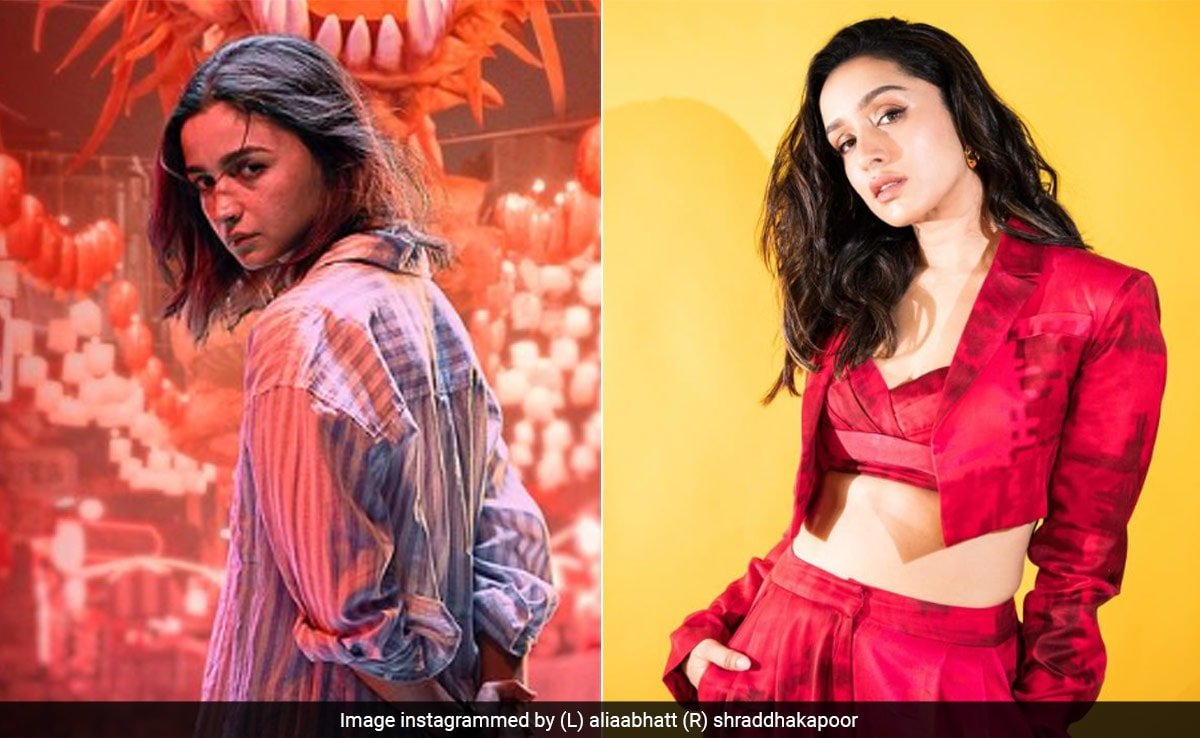For decades now, art and media have been wrestling with the representation of communities on the margins of our societies. But the pendulum has mostly swung between perfectly saintly and perfectly sinful characterisations; both extremely vexing. Over the past five years, the queer subject has begun to become a little more complicated, with queer people in positions of authority taking charge of their own representation. Two hip-hop/rap albums by trans rappers — Kinari’s Kattar Kinnar and Shehzor’s The Girl with Sideburns — that released earlier this year are brilliantly articulated artistic arguments that show that representation doesn’t have to be tokenistic.
“The queer art and media around me was channelling happiness and pride. But for me, this isn’t the entire truth. The on-ground reality of being a trans woman in this country isn’t all sunshine and rainbows,” says Kinari, the Chennai-born, Delhi-based trans woman rapper, producer and DJ, over an 11 p.m. telephone call. She has a manner of speaking that is matter-of-fact, musical and doesn’t mince words — much like the rhymes and bars she spits. In her debut album, Kattar Kinnar, she set out to capture “this real mood” of making a place for herself in this “cruel, hate-filled world”. The result is an album that’s compositionally lush, lyrically fire, and layered with rich references that speak to India’s homegrown queer pop culture and camp histories.

Kinari
Dialogues and musical samples from the 1988-Rekha-starrer Khoon Bhari Maang, for example, are peppered throughout the 12-track album. “This was a very inspiring film for me because it showed me cosmetic surgery for the first time. Also, I identified with Rekha’s character, a woman wronged by society; I feel it is a very trans film,” she says. “The music cues and sound effects in the film were kattar [dangerous] and that was the mood of the album, too”.
Freestyling on a Scooty
Memories and mundaneness of living are magically mixed in each of these albums. Hyderabad-born and based rapper-producer Shehzor’s debut album, The Girl with Sideburns, was created in the six months she was “forced to move back in” with her birth family. “I began to play around and make beats on my laptop and watch Bollywood films to snip samples from them.” She would then play these self-produced tracks and “freestyle the lyrics ” to herself while riding her mother’s Scooty through the city, before recording them. “This is how I developed each of the 11 tracks on my album,” she says.
In the album, besides the sounds of the city thrumming through it, she also has unbridled fun with language. Shehzor performs in Hyderabadi dakhini “because I saw Hyderabadi rappers only using this language to do crowd-work or banter with their audiences, but they don’t rap in it”. She thinks “it’s because they’ve internalised that one can’t be serious in dakhini”. So, for Shehzor, choosing dakhini because of “its inherent humour, playfulness, vulgarity and the fun of it” has opened up fresher ways of telling “the serious poetry” of her own queer identity and gender journey.

Shehzor
These two albums also completely side-step another niggling shortcoming of representation politics: Kinari and Shehzor refuse to perform the role of victim or good person. Instead, they present complex critiques of their own communities and society at large. Over a musical landscape that brings together the sounds of her present-day life in Delhi’s Khirki Extension, Bollywood beats, and her Tamil influences — the use of parai drum beats and gaan-inspired musicality — Kinari doesn’t let the truth bombs miss anyone. She’s defiant and braggadocious. She talks about her on-again-off-again relationships with men: “Your man’s safe only cause he’s ugly”; the double-standards expected from marginalised persons: “Mai boli baby jhukne ki zarurat nahi/5 inch heels pe main kaafi tall” (Let me tell you baby, there’s no need to bow down/I look down on you in my 5-inch heels).
While there’s a sexy swagger and danger to Kinari’s tone, Shehzor’s style has a more sinewy storytelling. She pastiches her own personal stories with those from myths and her religious upbringing in her tracks. For example, with ‘Waat’, she relooks at the story of prophet Ayyub “who is like Job from the Bible”. Besides being her “playful take” on this Islamic fable, it is also her disagreements “with this idea of sabr or patience, or that all suffering is a test from God”. She succinctly summarises with the line, “Sabr ka phal aaya toh zubaan jal gaayi” (by the time the sweet fruit of patience arrived, my tongue was already on fire).
Curiosity as guide
The two artists aren’t interested in being pigeonholed either — they are letting their curiosities define their upcoming projects. Shehzor is still going to be working in Hyderabadi dakhini, but she’s “moving to Goa to start a rock band with friends”. She’ll also be popping up in different cities en route to perform tracks from her album, as “an unplanned, impromptu mini tour”.
For her next project, Pinjre Ke Geet, Kinari is shedding swashbuckling self-assurance for melodic meditations. In two tracks, already released — ‘Bhakt’ and ‘Khvab’ — one can see the imprint of her style, but also a shift. The lyrics are more vulnerable, almost an invitation to her listeners to see beyond her persona.
The author is Bengaluru-based poet and writer.
Published – September 26, 2024 01:30 pm IST



